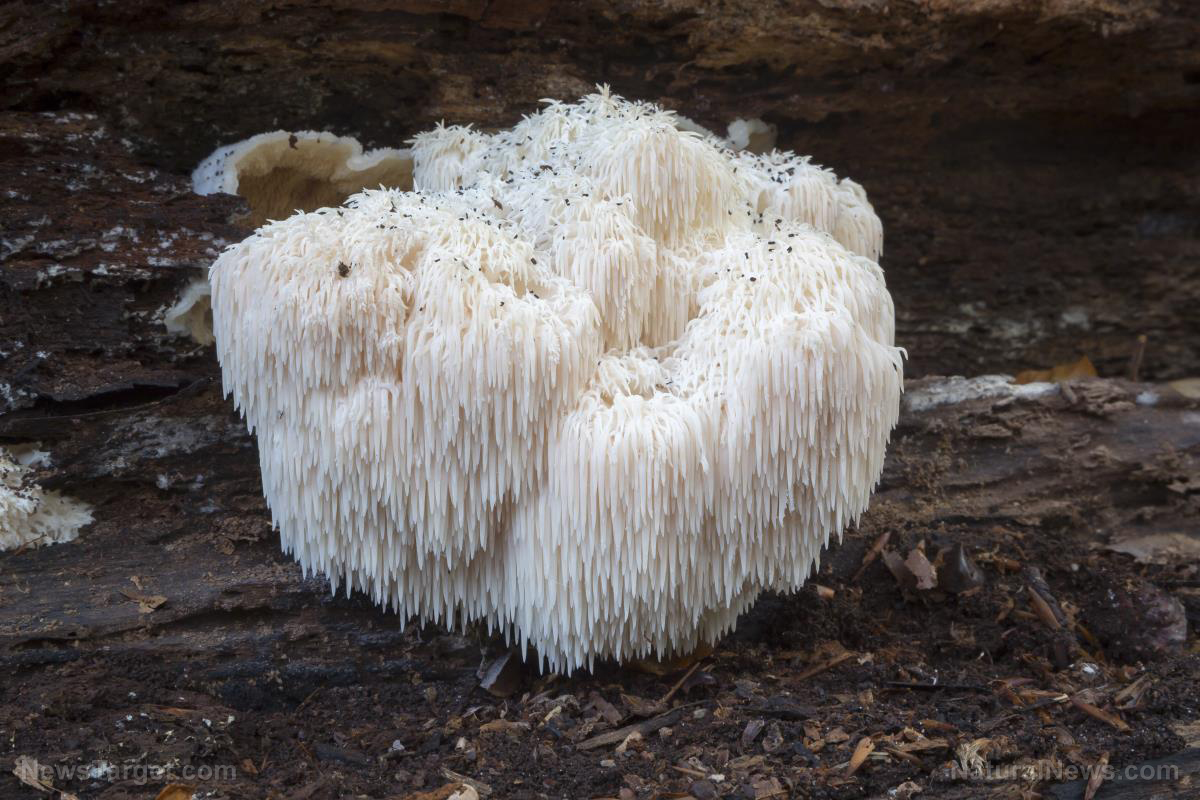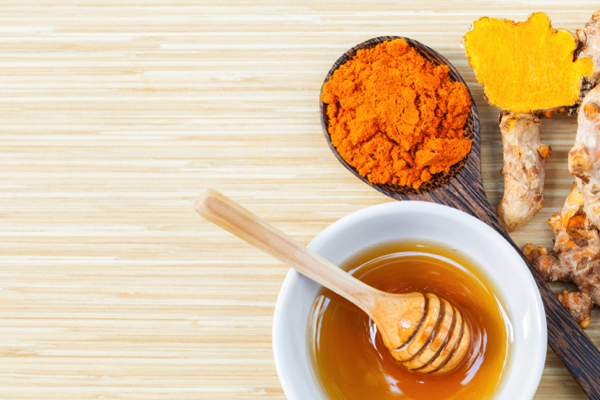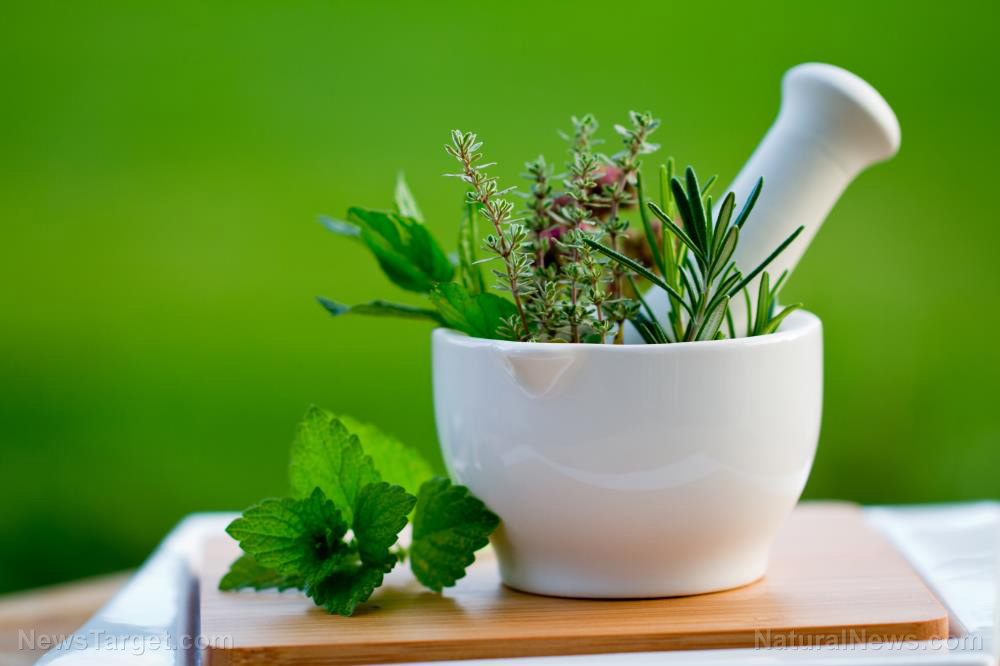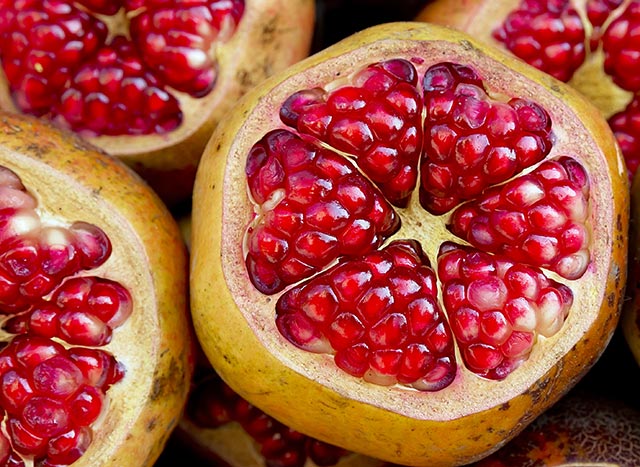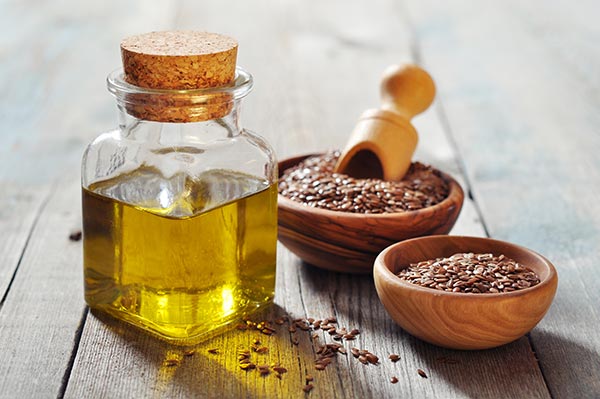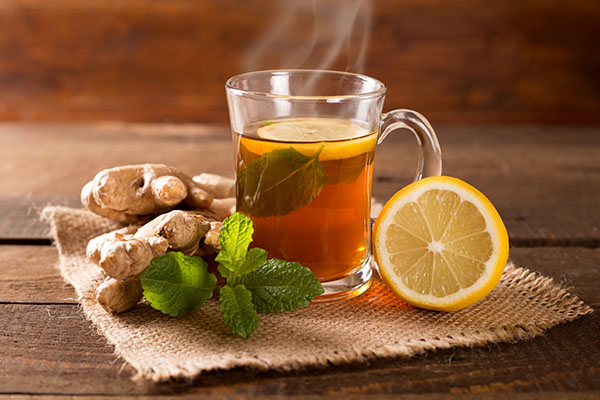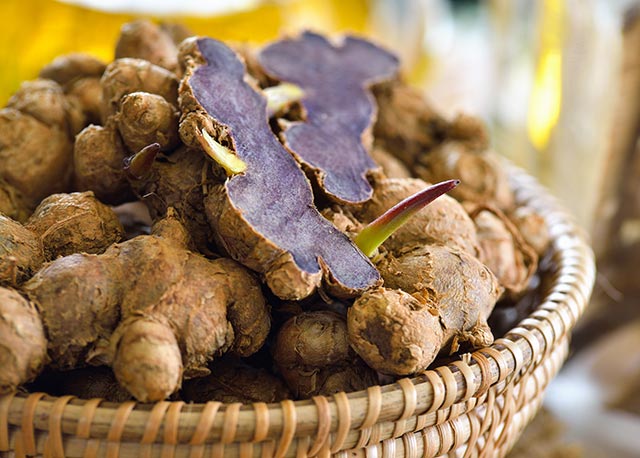Why moringa deserves to be included in your daily diet
03/13/2024 / By Olivia Cook
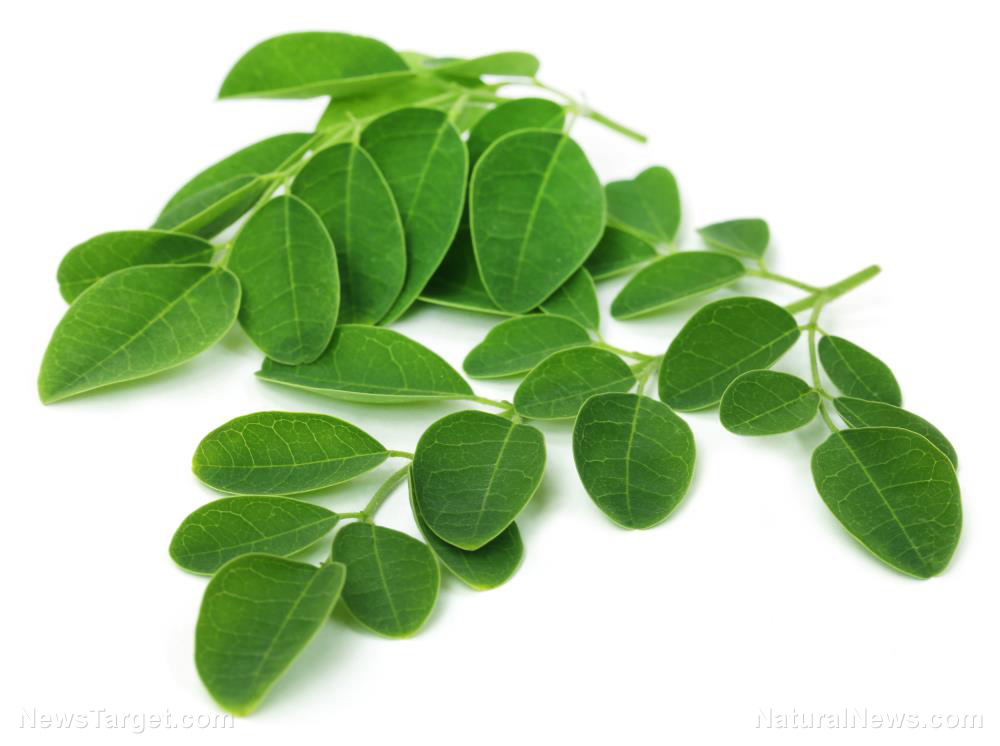
Moringa (Moringa oleifera) is a thin-branched, gangly-looking plant. This plant, which thrives mainly in South and Southeast Asia, is also commonly called “drumstick tree” due to the shape of its seed pods.
But don’t let its appearance fool you, as moringa is also dubbed “miracle tree” because it can grow well in extreme climates and survive long periods of drought. Its leaves, pods and seeds are all edible and contain essential nutrients that the body needs.
The edible seeds contain a high amount of oleic acid – a beneficial fatty acid also found in olive oil. The leaves are rich in calcium, protein, potassium, iron, zinc and vitamins A, B and C.
Moreover, moringa’s nutrient content far exceeds those found in common foods. It contains nine times more protein than yogurt, 10 times more vitamin A than carrots, 12 times more vitamin C than oranges, 15 times more potassium than bananas and 17 times more calcium than milk. Even moringa exceeds spinach, another superfood, due to its higher iron content than the latter.
Moringa has been used in Ayurvedic Medicine for centuries to relieve headaches, ease constipation. It is also used to stimulate the immune system, promote weight loss and boost the production of breast milk in women. Modern research appears to back this up, with studies showing the ability of M. oleifera to lower cholesterol, balance blood sugar and ease other health concerns. (Related: Discover the many health benefits of Moringa, the ultimate survival ‘superfood.’)
“Tree of life” moringa packed with nutrients
There are several ways to include nutrient-rich moringa in your daily diet. You can stir it into your water, steep it as tea, mix it into smoothies, sprinkle it into soups, bake it into anything and mix it in your guacamole or shake it into salad dressing.
To eat the seeds, remove the pod and fibrous cover from the seed like you would with sunflower. Moringa is also available in convenient capsules, powder, and extracts. The dried pods and seeds are also available in health-food stores, while leaves are available in supermarkets.
If you’re new to increasing your “leafy greens” quotient to detoxify, it’s best to start slow by taking one teaspoon if adding to a smoothie, or any stews, sauces and savory family dishes.
For capsules, powder and extracts, just follow the directions on the product packaging and do not exceed the daily dosage listed on the label. In addition, check the label and see if the product has been lab-tested for glyphosate, heavy metals and microbiology. Store moringa in airtight containers, protected from light and heat.
There is no universally recommended dosage for moringa, and its lactation-inducing properties make it an ideal superfood for nursing mothers. While it is safe for daily consumption, its effects can vary from person to person as every individual has unique body chemistry. It’s always best to listen to your own body signals.
But according to VeryWellHealth, there are two medications that may interact with moringa. The first drug is rifampin (which is used to address tuberculosis) and the second drug is sitaglipitin (which is used to address Type 2 diabetes). As such, those taking these drugs would do well to avoid consuming this food.
Watch this video about the amazing benefits of the “miracle tree” moringa.
This video is from the Groovy Bee channel on Brighteon.com.
More related stories:
Moringa oleifera can help treat diabetes, study finds.
Moringa oleifera is a potent anti-inflammatory, study finds.
Moringa plays an important role for breastfeeding mothers, in diabetes, in cancer, and more.
The moringa is a miracle tree that is being promoted as a solution to Third World malnutrition.
Sources include:
Submit a correction >>
Tagged Under:
#nutrition, food cures, food is medicine, food science, functional food, health science, herbal medicine, Herbs, miracle tree, moringa, natural cures, natural health, natural medicine, nutrients, plant medicine, remedies, veggie
This article may contain statements that reflect the opinion of the author
RECENT NEWS & ARTICLES
FoodIsMedicine.com is a fact-based public education website published by Food Is Medicine Features, LLC.
All content copyright © 2018 by Food Is Medicine Features, LLC.
Contact Us with Tips or Corrections
All trademarks, registered trademarks and servicemarks mentioned on this site are the property of their respective owners.




